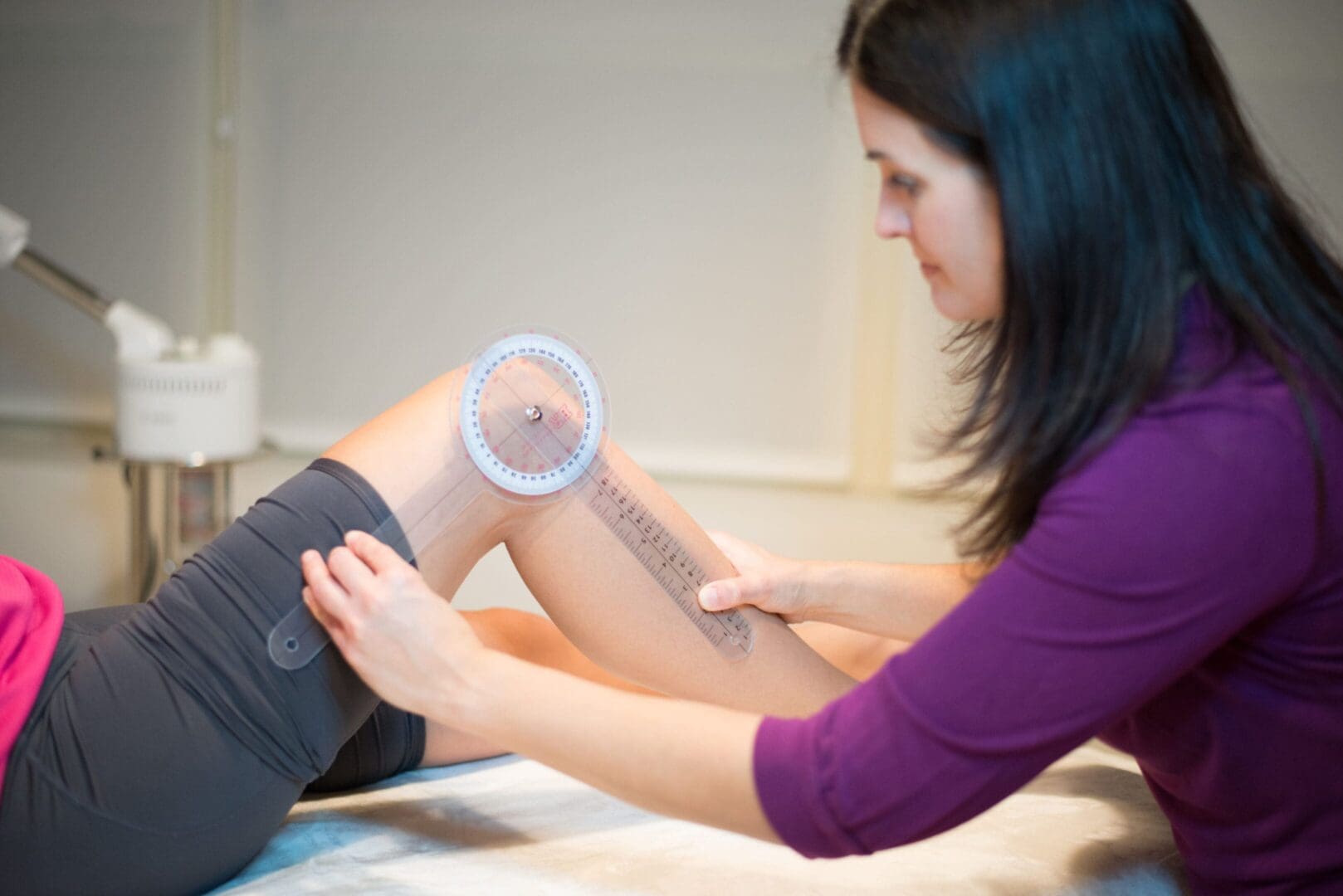Knee Pain
The knee is a hinge joint that allows us to go through movements like squatting, stair climbing, and running. Knee injuries may involve the bones that make up the joint or soft tissue structures surrounding the joint. Our physical therapists will evaluate your knee pain and create a customized treatment plan targeted to your needs.

ACL, PCL, MCL, LCL Sprain & Tear
Ligament injuries are classified according to severity and can range from a minor sprain to a full ligament tear. Although surgery may be required for more severe injuries, minor sprains typically respond well to physical therapy.
Arthritis
Knee arthritis, also known as osteoarthritis, involves wear and tear of the knee cartilage and joint space narrowing. These changes can cause pain, stiffness, cracking or clicking with different movements. Our physical therapists will implement targeted strengthening and mobility activities to help you get back to pain free movement.
IT Band Syndrome
The iliotibial (IT) band is a thick, tendon-like structure that runs along the outer thigh, spanning from the hip to the knee. Compression of this tissue can lead to outer knee pain during activities such as squatting, running, and going down stairs.
Meniscus Tear
The meniscus provides stability to the knee and acts as a shock absorber. Meniscus tears may cause clicking, catching, or locking in the knee. Depending on the location of the tear, surgery may be required, but trying physical therapy is often the first step.
Patellofemoral Pain Syndrome
The patellofemoral joint is where the knee cap contacts the knee joint. Conditions that fall under this umbrella category include patellar tendinitis/jumper’s knee, patellar tracking disorder, and runner’s knee.
Quad, Hamstring, & Groin Strains
Muscle strains rarely get better with just rest and instead require gradual strengthening. Our physical therapists are experts in exercise progression and will help you reach a full recovery as quickly as possible.
Knee Replacement
In cases of severe arthritis, a knee joint replacement may be necessary. Post-operative physical therapy will help you return to doing the things you love as quickly and safely as possible.
